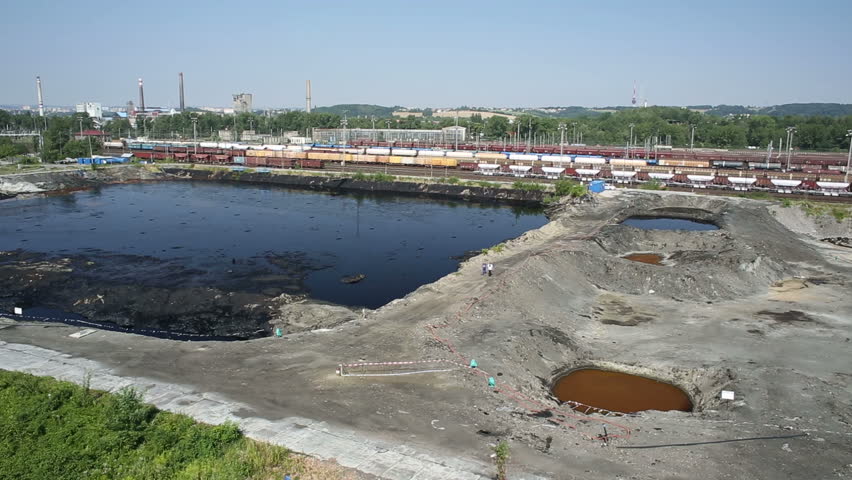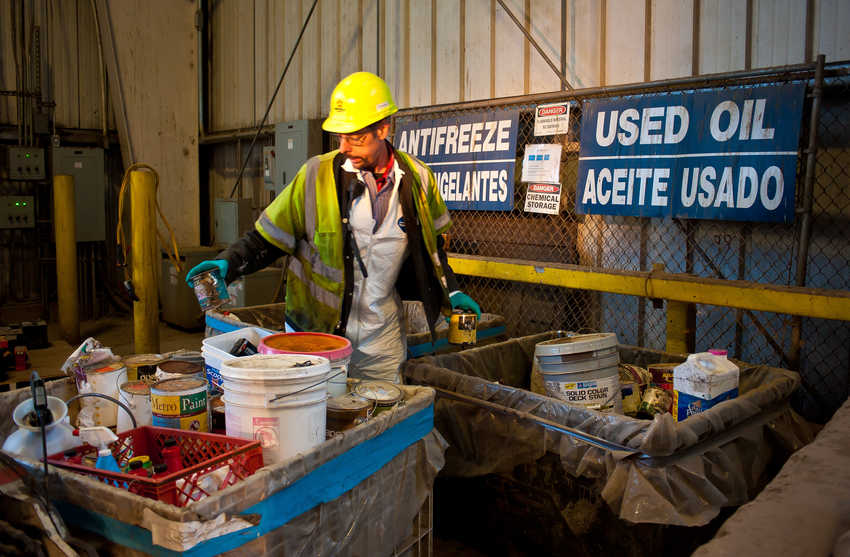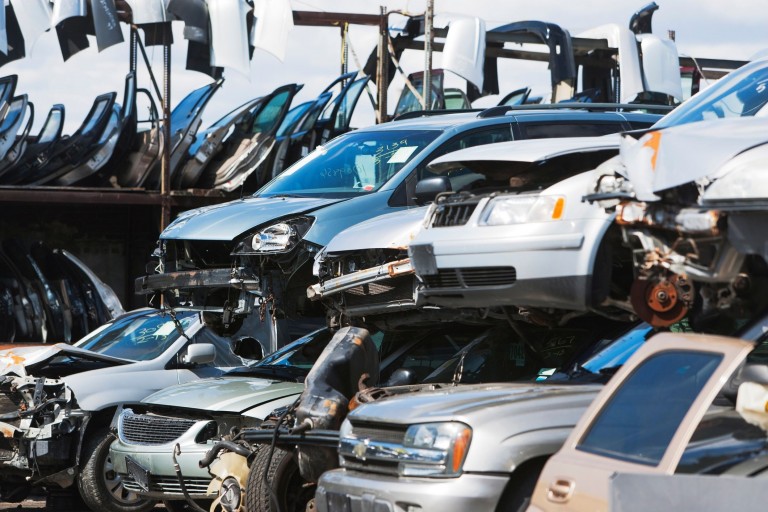How motor oils are being recycled?
What is hazardous waste?
Hazardous waste is what we call waste which causes damage to the environment and to human health. Depending on their aggregate state, hazardous waste is classified as solid, liquid and gaseous, and depending on the hazard they represent, they are divided into different classes.
The hazard classes are being determined according to the type of pollutants present in the composition of the waste and the damage it can cause to our nature or health.
The collection of hazardous waste is carried out according to the hazard class it represents, only companies licensed to carry out this activity have the right to collect hazardous waste.

Why are we talking about collecting hazardous waste and what is the relationship with used engine oil?
Motor oils, whether synthetic or mineral, are very widely used today, this is a fact we cannot ignore.
Do we need motor oils? Undoubtedly!
But are we aware that these products are dangerous to the environment if they are not collected, stored and recycled properly?
At present, worldwide annual consumption of motor oils exceeds 45 million tonnes per year. Of this huge amount of oil, only 20% is collected as hazardous waste and recycled. This means that the rest of the waste oil is just thrown out (soil, water, sewage), and this is not only completely irresponsible, but also extremely dangerous for the planet and for all of us who live on it.
Why waste oils are dangerous?
Spent oil is much more dangerous than raw oil, as it contains various contaminants such as additives, polyphenols, resins, carbonates, mechanical impurities and other contaminants. If the burned oil is discharged into nature, it can cause not only an environmental catastrophe but also endanger human health. These wastes are dangerous pollutants for all environmental components – from surface and groundwater, soil, vegetation, to our health.
Research has found that if one liter of used motor oil is poured into the soil or water, then one liter will pollute one million liters of water. And environmentalists are alarming that at present more than 40% of the surface water resources of the planet (seas, oceans, rivers) are covered with a thin layer of used engine oil.
Imagine how this dangerous oil penetrates deep into the soil and underground waters and how it then affects all living creatures on our planet.
Accordingly, under the Basel Convention on the Control and Transboundary Movement of Hazardous Wastes, spent oil is classified as hazardous waste of Class 2 or 3 (moderate or extremely hazardous waste).
How dangerous is the disposal of spent engine oil in nature?
The oils we use in our cars and in the industry, however useful they can not be used indefinitely. There are standards for working conditions and parameters that determine the criteria for acceptable viscosity, contamination and other foreign impurities. If they are exceeded, the oil is considered unusable and should be replaced with a new one. And when it is changed, oil is already exhausted and as such is considered a hazardous waste.
According to the classification of hazardous waste, the waste oils fall into the group of moderately or extremely hazardous waste (Class II and III). The same group includes all products and substances that can cause serious (and irreversible) harm to our health and the environment. The negative effect of discharging extremely hazardous substances such as waste oil into nature is so great that nature will need at least 50 years to recover at least a minimum. Not to mention our health, which, unfortunately, is hard to come back to. There is evidence that spent oil that is discharged into the water or the soil can cause liver, heart, liver, or liver damage to human reproductive function and even lead to different gene mutations. How do we deal with the problem and protect our environment and health?
In fact, it is enough just to do what is necessary for the proper collection of hazardous waste and its recycling. Not only will we ensure that we do not pollute the environment and do not harm our health but also help reduce the use of valuable natural resources that are used in the production of motor oils.
Waste Management and Purchase
Since waste oils are hazardous waste, they must be collected as hazardous waste stored in special containment containers and transported to specialized waste oil purchasing points.
Attention! Not every landfill or site can collect hazardous waste!
The purchase of waste oil is carried out only by licensed waste buyers.
Benefits of recycling waste oils
To put aside the environmental and health damage that causes the discarding of the used motor oil in nature – they are more than clear.
Oil is used in the production of oil, and as we know it is a natural resource that is depleted. If we continue the way we act today, we will soon have neither clean nature nor enough oil to produce not only motor oils but also many other products that we need. And they, the oils can be recycled and reused. More on the topic here.
For information only: 0.7 liters of base oil can be produced from one liter of used oil, and the quality of this recycled oil will be much better than the oil produced from oil.
Methods of Motor Oil Recycling
According to the Ordinance on the Requirements for Treatment and Transport of Waste Motor Oils and Waste Oil, when the composition of motor oils permits, recycling and regeneration is a priority. Where this is not possible, the oils are burned with energy recovery or temporary storage and disposal.
Waste oil recycling methods can be divided into four main groups: physical, physicochemical, chemical, and combined.
Physical
These methods include precipitation, centrifugation, filtration, distillation or vacuum distillation of the waste oil. Vacuum distillation is the most efficient method of recycling waste oil as the process is divided into separate fractions which can be processed and used to produce motor, asphalt pavements, bitumen and others.
Physico-chemical
These methods are currently the most used in the recycling of waste engine oils. In the treatment of burned oils a method called coagulation is used in which the exhaust oils are heated, an electrolyte is added which allows the oils to be separated into separate segments which can be reused.
Chemical
Sulfuric acid, which is active enough and can act on most of the pollutants found in the spent oil, is most commonly used in chemical processes. This method, however, is not only labor-intensive but also difficult to apply, since after it an acidic sludge remains recycled, which is very difficult to process. Therefore, this method is often replaced by processes such as hydro generation.
Combined methods
The combined recycling methods may be different depending on the type of oil and the secondary product that can be produced therefrom.
In conclusion: What to do with spent oil?
It has already become clear that this is a hazardous waste and we must not be irresponsible in its removal. It is enough just to turn to companies that offer collection, purchase and recycling of used engine oils to make sure that we have contributed to the purity of nature and to protecting our health.








